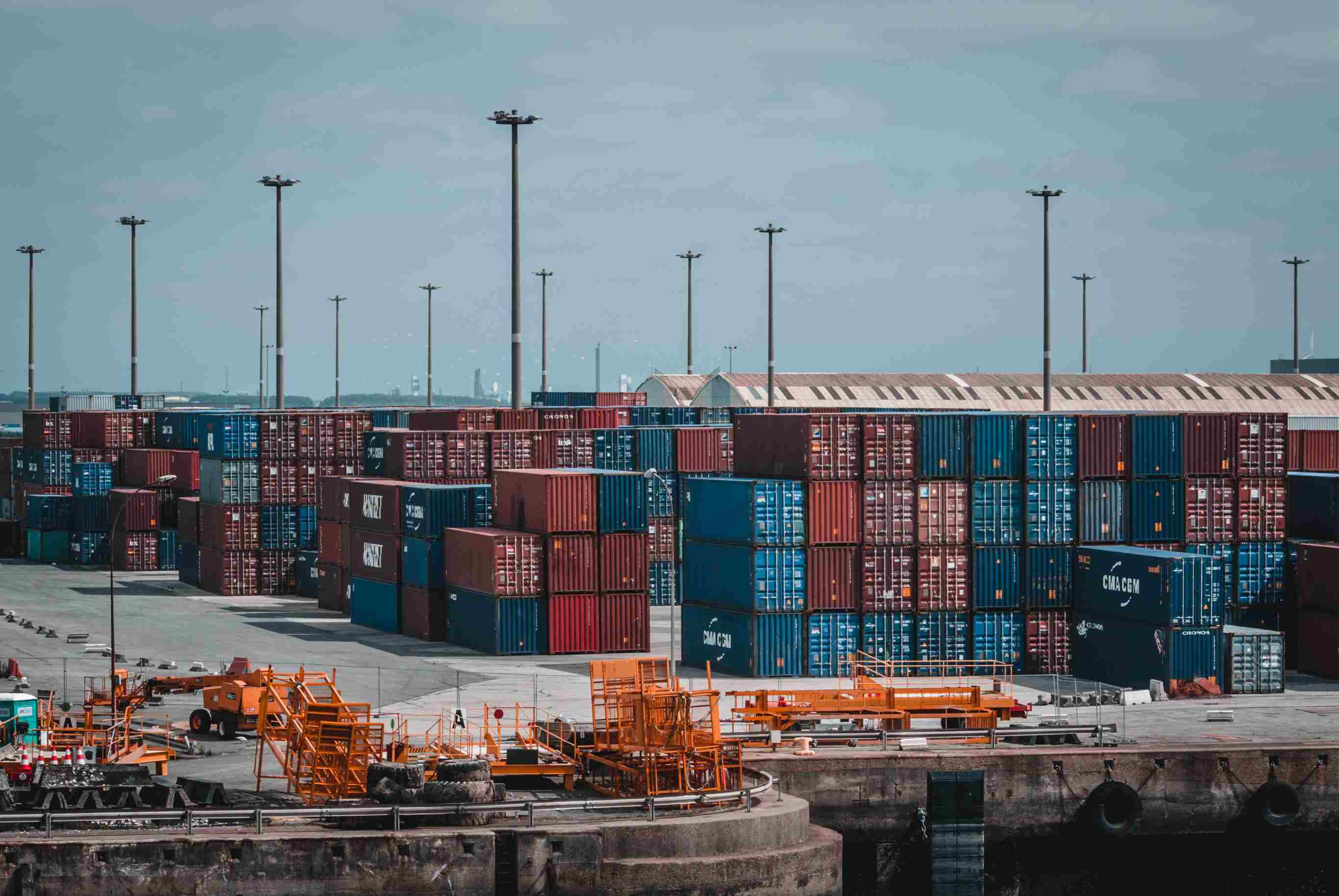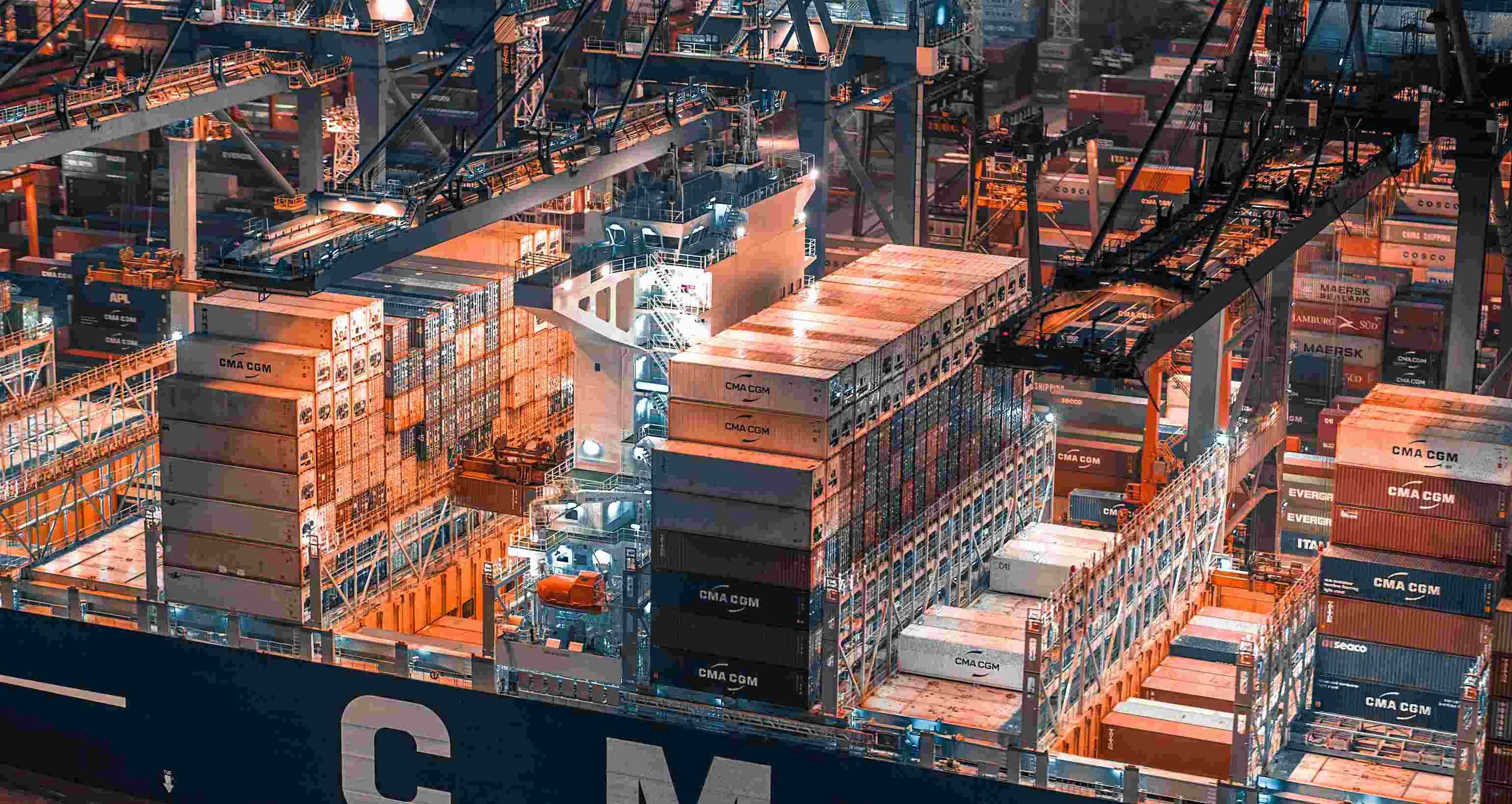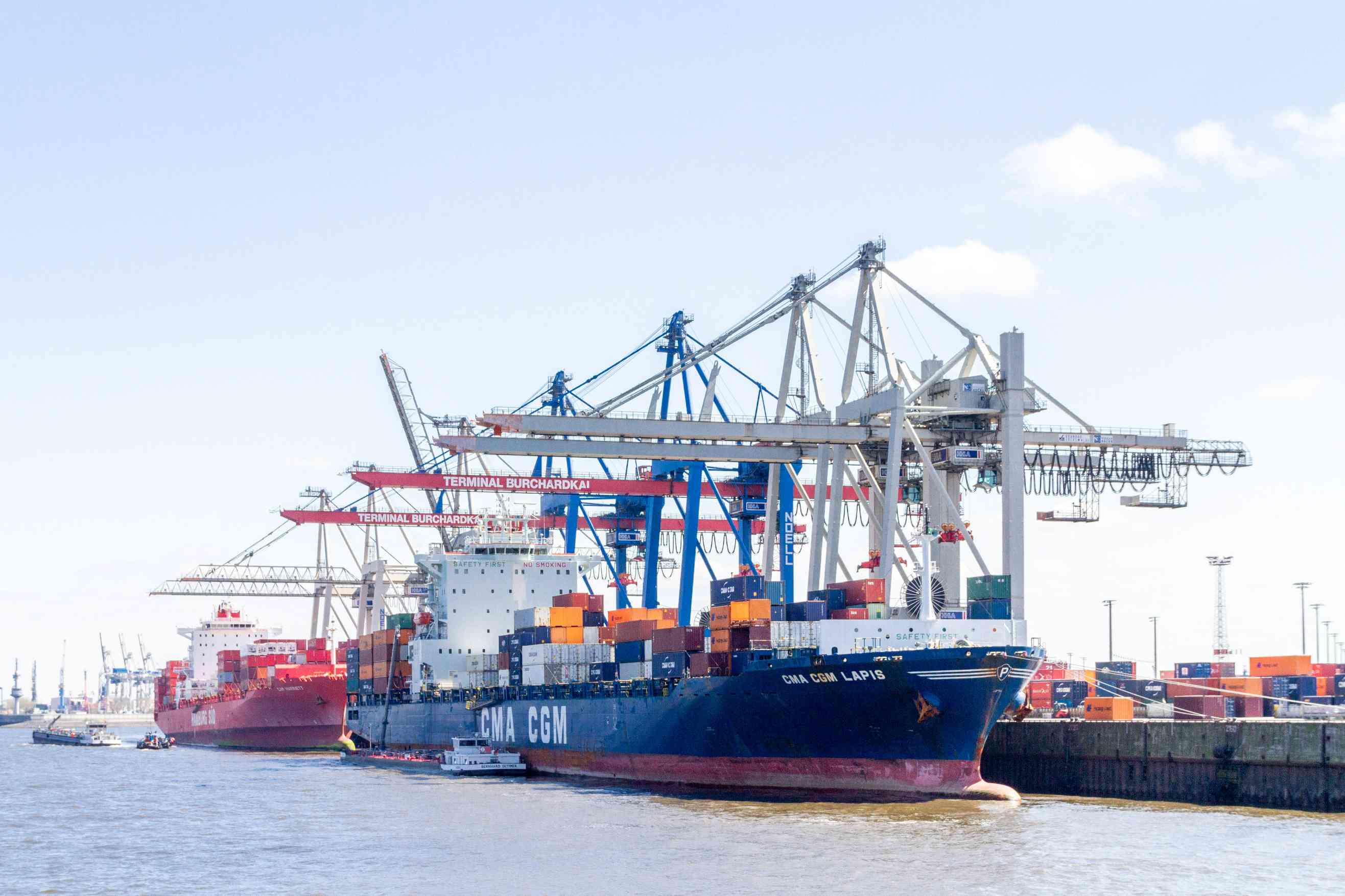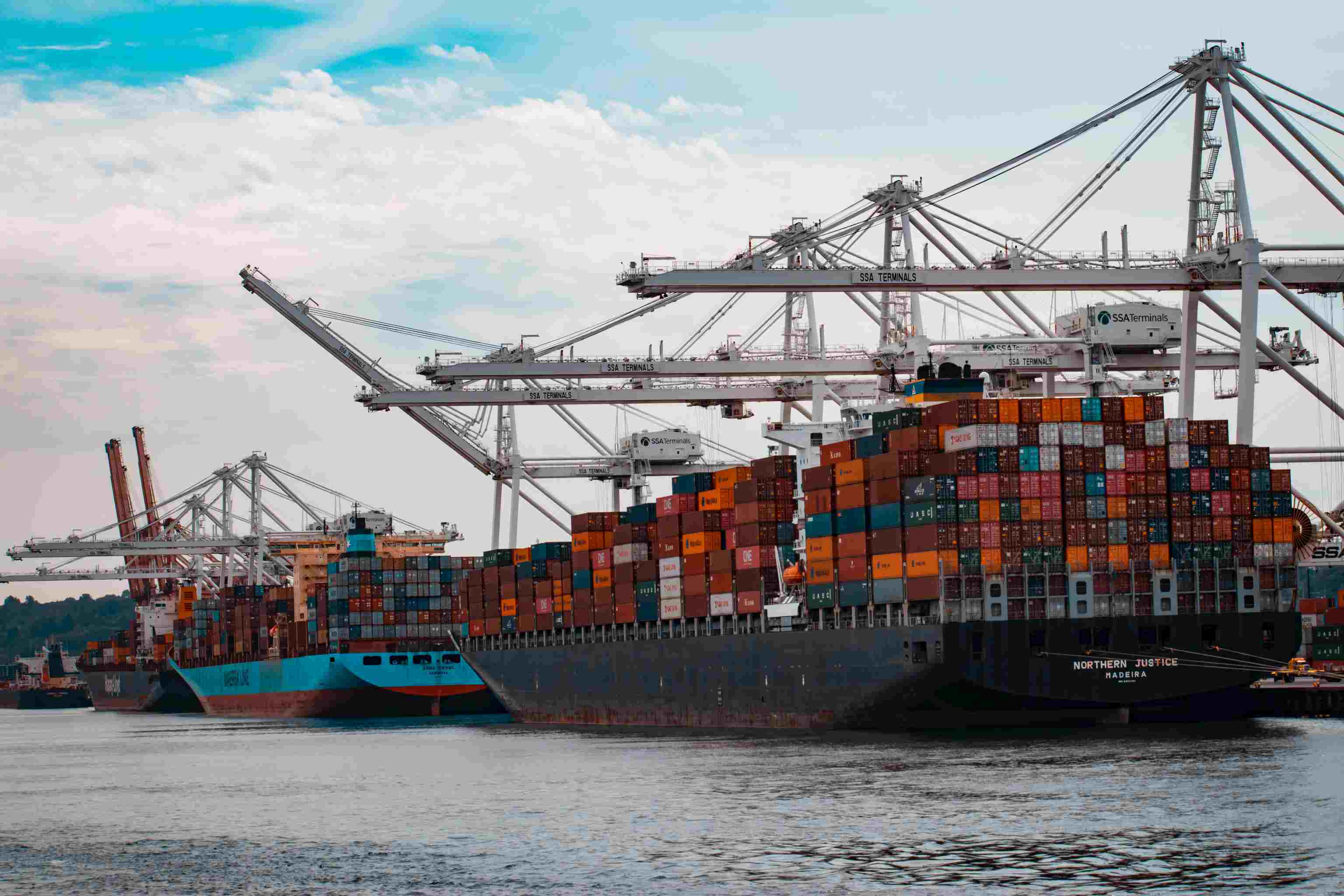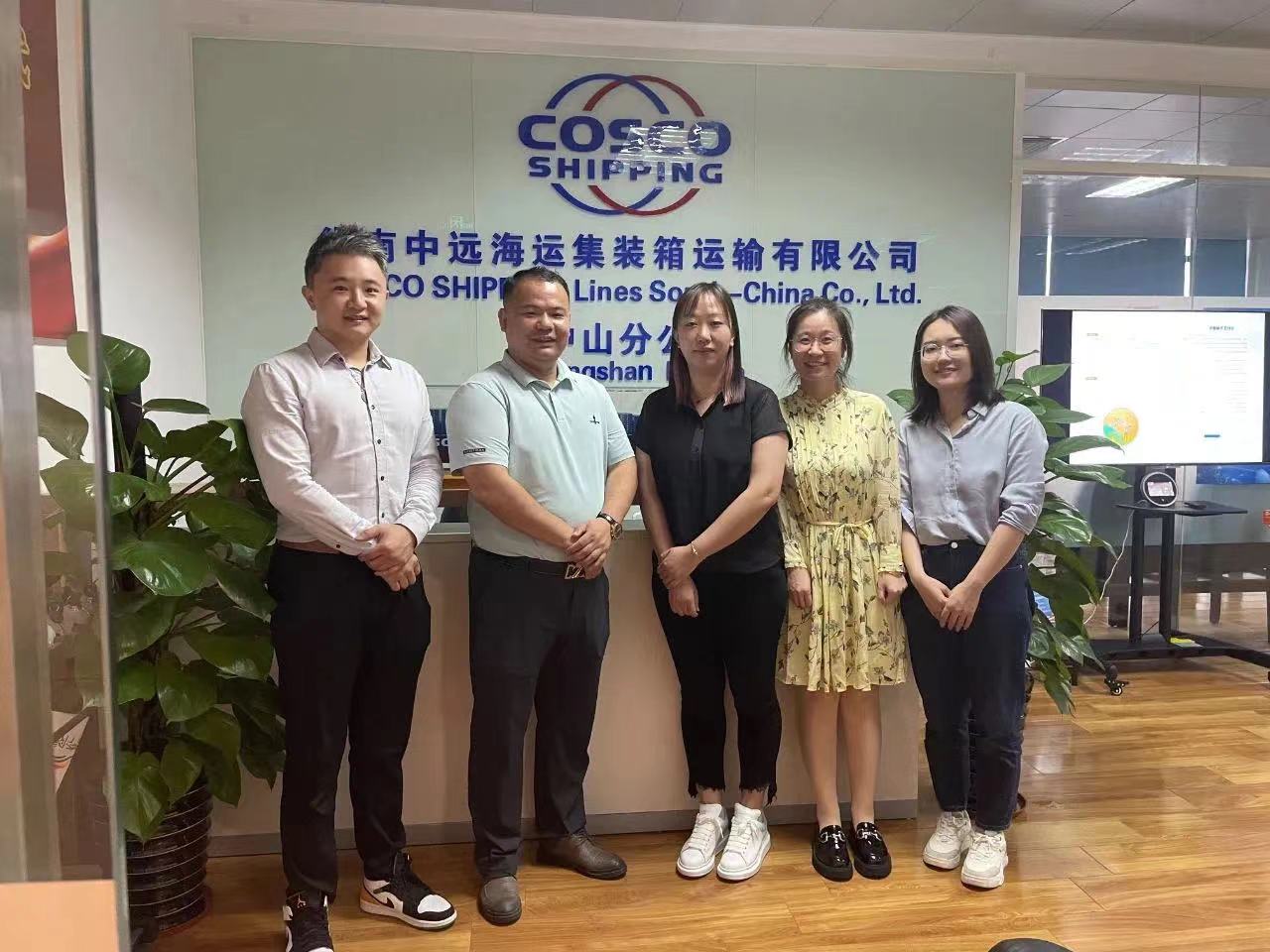How Container Ship Speed Impacts Global Trade Dynamics?
In the vast expanse of global maritime trade, the speed of container ships plays a pivotal role in ensuring the timely delivery of goods and maintaining competitiveness. Understanding the dynamics of container ship speed entails delving into various aspects, from propulsion systems to optimization techniques and future innovations.
Introduction to Container Ship Speed
Importance of speed in container shipping
Speed is a critical factor in the efficiency of container shipping operations. Faster transit times allow for quicker delivery of goods, reducing inventory costs and enhancing customer satisfaction. Moreover, in a highly competitive market, the ability to offer expedited shipping services can be a significant differentiator for shipping companies.
Factors influencing container ship speed
Several factors influence the speed of container ships, including vessel design, engine power, cargo capacity, and prevailing weather conditions. Additionally, factors such as fuel efficiency, operational costs, and regulatory requirements also play a role in determining the optimal speed of container ships.
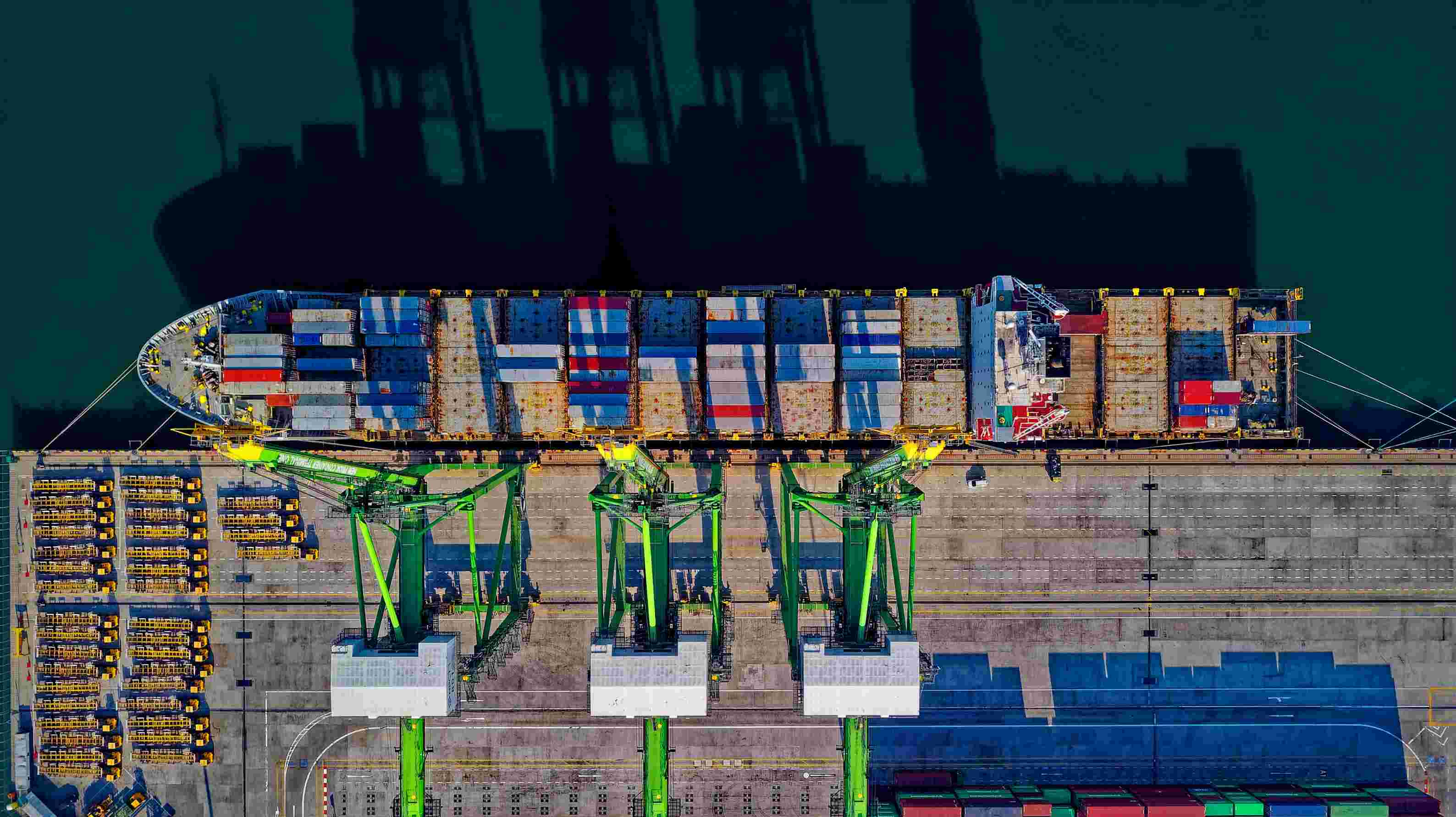
Understanding Container Ship Propulsion Systems
Types of propulsion systems used in container ships
Container ships employ various propulsion systems, ranging from traditional diesel engines to more advanced technologies such as LNG (liquefied natural gas) propulsion and hybrid systems. Each propulsion system has its unique characteristics and impact factors, such as fuel consumption, emissions, and maintenance requirements.
Advantages and disadvantages of different propulsion systems
While traditional diesel engines remain the most widely used propulsion system in container ships due to their reliability and familiarity, alternative propulsion technologies offer distinct advantages. LNG propulsion, for instance, reduces emissions and enhances fuel efficiency, albeit with higher initial investment costs. Hybrid systems combine multiple power sources, offering flexibility and efficiency but requiring sophisticated control systems.
Optimization Techniques for Container Ship Speed
Route planning and weather considerations
Efficient route planning is essential for optimizing container ship speed and minimizing fuel consumption. Factors such as ocean currents, wind patterns, and weather forecasts play a crucial role in determining the most favorable routes. By leveraging advanced weather prediction technologies and route optimization algorithms, shipping companies can minimize transit times and fuel costs while maximizing safety.
Fuel efficiency and eco-friendly practices
In an era of increasing environmental awareness and regulatory scrutiny, fuel efficiency and eco-friendly practices have become paramount in container shipping operations. Technologies such as hull optimization, air lubrication systems, and waste heat recovery systems help reduce fuel consumption and emissions. Additionally, the adoption of alternative fuels such as LNG and biofuels offers further potential for reducing the carbon footprint of container ships.
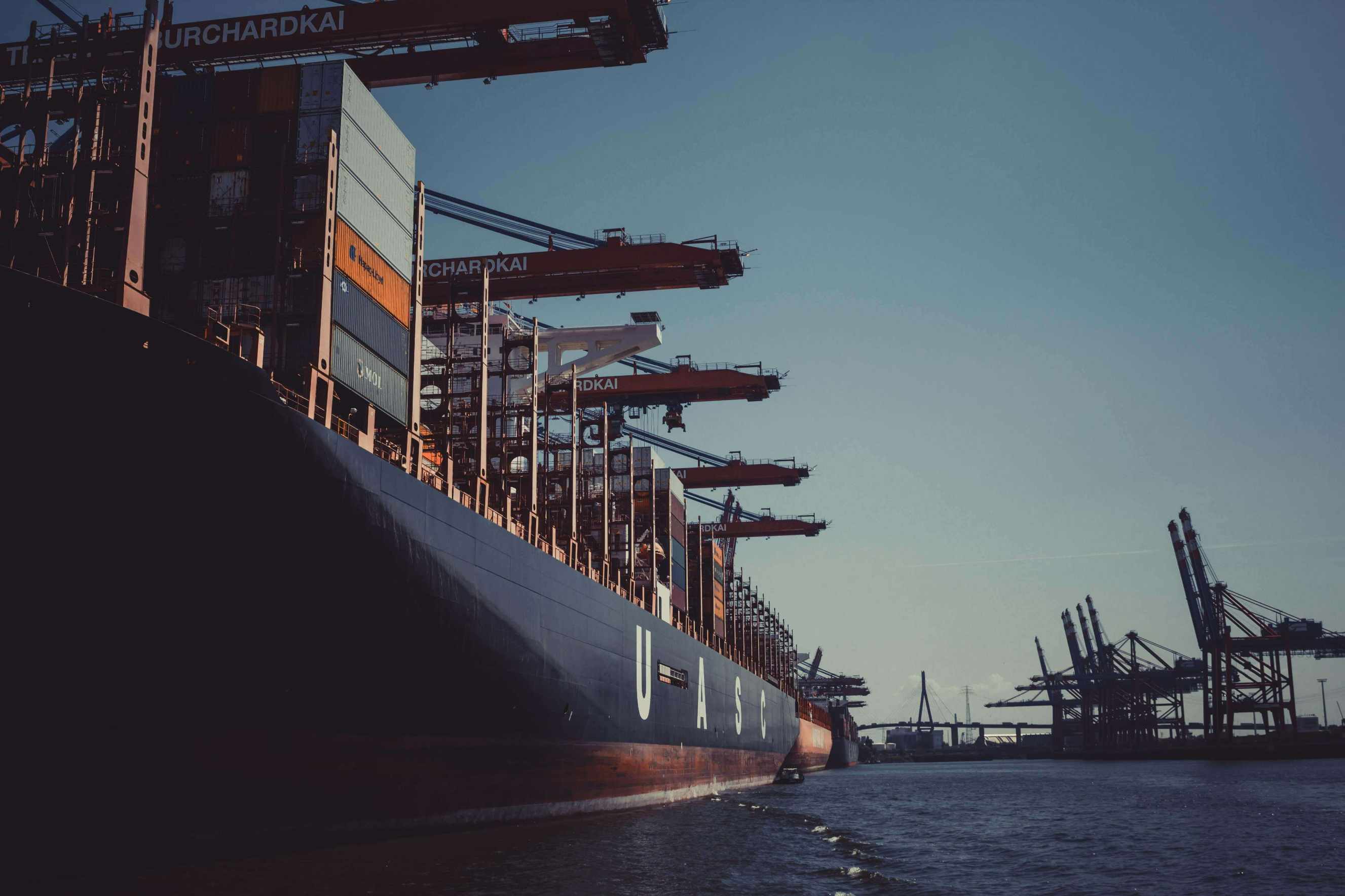
Future Trends and Innovations in Container Ship Speed
Emerging technologies in propulsion and navigation
The maritime industry is witnessing rapid advancements in propulsion and navigation technologies, promising to revolutionize container ship speed and efficiency. Innovations such as electric propulsion, hydrogen fuel cells, and autonomous navigation systems hold the potential to redefine the future of container shipping. These technologies not only enhance speed and reliability but also contribute to sustainability and environmental stewardship.
Potential impact on global trade and maritime industry
The adoption of advanced propulsion technologies and optimization techniques is expected to have far-reaching implications for global trade and the maritime industry. Faster transit times, enhanced reliability, and reduced environmental impact can lead to increased trade volumes, improved supply chain efficiency, and greater resilience to disruptions. Moreover, by embracing innovation and sustainability, the maritime industry can position itself as a key driver of economic growth and environmental stewardship in the years to come.
Conclusion of container vessel speed
Container ship speed is a multifaceted aspect of maritime transportation, influencing efficiency, sustainability, and competitiveness in the global logistics landscape. As the industry embraces technological innovations and navigates evolving market dynamics, the quest for faster, more sustainable container ship speeds remains at the forefront of maritime innovation and progress.
FAQ of speed of a container ship
The term "speed of a container ship" refers to the velocity at which a container ship travels. Here is a detailed explanation:
-
Container Ship: A specialized cargo ship designed to transport containerized goods. It typically features multiple decks to accommodate a large number of standard shipping containers.
-
Speed: The distance a ship travels in a unit of time, usually measured in nautical miles per hour (knots).
